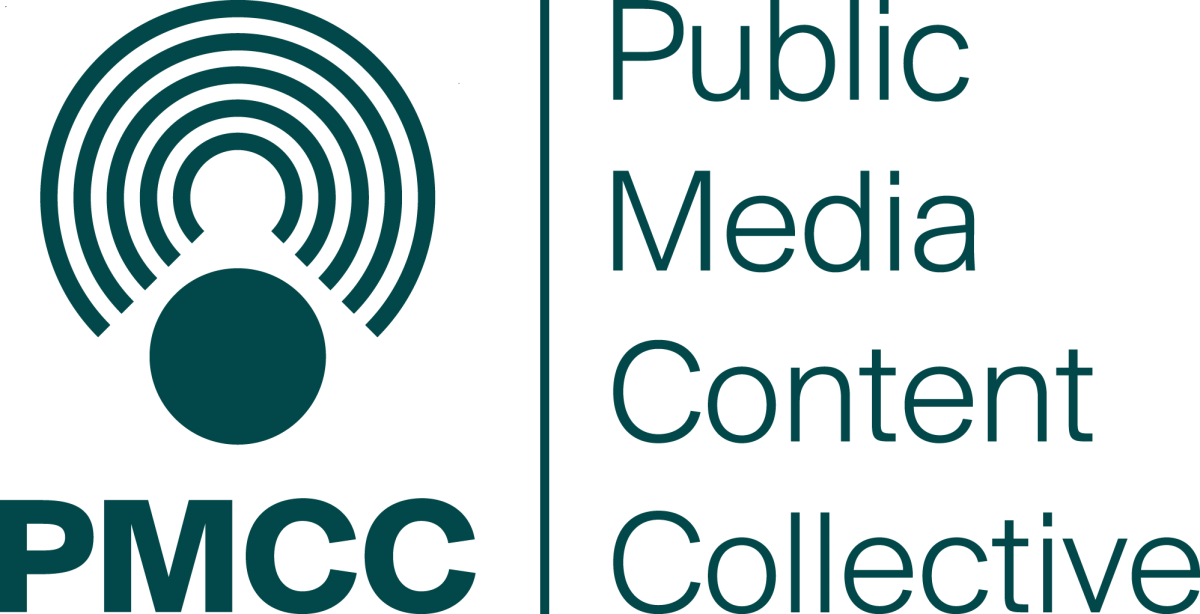- Is the best programming on at the best time?
Optimum service to listeners means providing the most appealing programming at the times when the most people are listening to the radio. If your station does not have its best programming on at those times, it is missing a prime opportunity for audience service.
- Is the program schedule consistent across the week?
People tune to the station that best serves their needs when they are available to listen to radio. So, it is important to make listening to our stations as easy and convenient as possible.
A consistent program schedule helps stations serve audiences because listeners find it more dependable. They may appreciate surprises in program content, but not necessarily in the program schedule.
Simply put, a consistent program schedule makes it easier for listeners to find and listen to the programming that appeals to them. Why make it difficult for listeners to locate the programming that they're interested in and they want to listen to?
- Does the station's format encourage weekday and weekend listening?
One way to increase listening frequency and loyalty is to ensure that the program schedule encourages listeners to tune in on both weekdays and weekends.
A consistent schedule does not necessarily mean that the format needs to be identical on weekdays and weekends. But it does mean that the appeal of the programming should be similar.
- Are local programming elements integrated with the station's overall sound?
The ideal program schedule keeps listeners tuned to your station from one program to another, for as long as possible. But while the program schedule is very important, smaller programming elements also play a significant role in keeping listeners tuned in.
Some of the important 'micro-format' areas stations control include:
a. transitions between programs
b. station identification
c. underwriting credits
d. promotions
Throughout the day, programs and announcers will change - but all should have the same overall sound that unifies the appeal of the station to listeners.
- Does the station sign on no later than 5am? If the station operates 24/7, is the station's primary format on the air no later than 5am?
If your station does not operate 24/7, it is important to be on the air with your primary morning format no later than 5am. On weekdays, 7am is the hour with the most radio listening. If your station is not on the air until 6am, even listeners who prefer your programming may begin listening elsewhere, and many will not find their way back to your station. Twenty-four hour operation is strongly encouraged.
Some 24/7 stations program a different format overnight than during prime morning listening times. If this describes your station, it's important that your primary morning format begins no later than 5am, to serve the audience that begins using radio between 5am and 7am.
- Does your station limit the number of different formats on its schedule?
Programming consistency has a direct connection to increasing listener service. Frequent format changes can lead to confusion and perceptions of inconsistency - listeners are more likely to tune in expecting a certain type of programming, and be disappointed if they don't find it. Many listeners who don't find what they want on your station will turn to another station, or turn off the radio. This represents a lost opportunity for listener service, and discourages future listening.
The number and types of different formats, along with the scheduling of these formats helps to determine how easy - or difficult - it is for listeners to find the programming they seek on your station.
